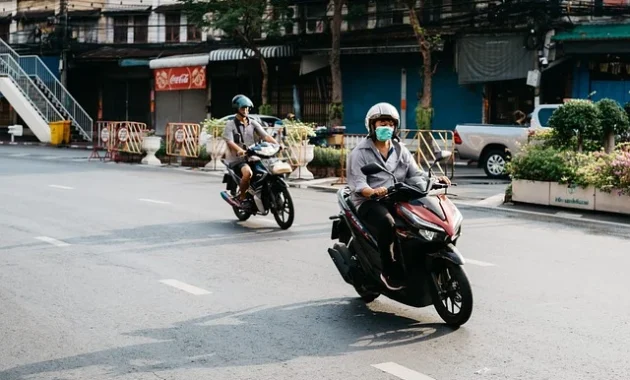
Mae Sai is situated on the banks of the Mae Sai River, which forms the natural border between Thailand and Myanmar. The district is composed of several sub-districts (tambon) and villages (muban), each with its own unique characteristics and population dynamics. The proximity to Myanmar has a significant impact on the demographic composition and economic activities in Mae Sai.
Population Size and Growth
As of the latest census data, Mae Sai has a population of approximately 70,000 people. Over the past decade, the district has experienced steady population growth, driven by both natural increase and migration. The strategic location of Mae Sai as a border town attracts a diverse population, including Thai nationals, ethnic minorities, and migrants from Myanmar.
Ethnic Composition
Mae Sai is a melting pot of cultures and ethnicities. The majority of the population are ethnic Thais, but there are also significant communities of Burmese, Shan, Akha, Lahu, and Yunnanese Chinese. This ethnic diversity is reflected in the cultural practices, languages, and cuisines found in Mae Sai. The presence of multiple ethnic groups contributes to the rich cultural tapestry of the district.
Age Distribution
The age distribution in Mae Sai shows a balanced demographic profile. Approximately 25% of the population is under the age of 15, reflecting a healthy birth rate. The working-age population (15-64 years) constitutes around 65% of the total population, while the elderly population (65 years and older) makes up about 10%. This age structure supports a dynamic and productive community, with a substantial portion of the population engaged in various economic activities.
Gender Ratio
The gender ratio in Mae Sai is relatively balanced, with a slight female predominance. The latest data indicates a ratio of 97 males for every 100 females. This balanced gender ratio is consistent with national trends and supports the social and economic stability of the district.
Economic Impact on Population Dynamics
The economy of Mae Sai is heavily influenced by its status as a border town. The Mae Sai Border Market is one of the busiest markets in Thailand, attracting both locals and tourists. The market serves as a major economic hub, providing employment opportunities and supporting local businesses. The cross-border trade with Myanmar also plays a crucial role in the local economy, influencing migration patterns and population growth.

Educational Attainment
Education is a key factor in the development of Mae Sai. The district boasts a range of educational institutions, from primary schools to vocational training centers. The literacy rate in Mae Sai is high, with over 95% of the population being literate. Educational attainment levels are improving, with more young people pursuing higher education and vocational training to enhance their skills and job prospects.
Healthcare Facilities
Healthcare infrastructure in Mae Sai is well-developed, with several hospitals, clinics, and health centers serving the local population. The Mae Sai Hospital is the primary healthcare facility, offering a wide range of medical services. Additionally, various public health initiatives and programs are in place to address the health needs of the community, particularly in areas such as maternal and child health, infectious disease control, and health education.
Migration and Mobility
Migration plays a significant role in shaping the population dynamics of Mae Sai. The district attracts a large number of migrants from Myanmar, many of whom cross the border for work or trade. This migratory flow contributes to the economic vitality of Mae Sai but also presents challenges in terms of social integration and resource allocation. Efforts are being made to address these challenges through policies that promote social cohesion and support for migrant communities.
Housing and Living Conditions
Housing in Mae Sai ranges from traditional wooden houses to modern concrete buildings. The district has seen significant improvements in living conditions over the years, with better access to clean water, electricity, and sanitation facilities. However, some rural areas still face challenges in terms of infrastructure development and access to basic services.
Social and Cultural Life
The social and cultural life in Mae Sai is vibrant and diverse. The district hosts various cultural events and festivals throughout the year, celebrating the traditions and customs of its multi-ethnic population. Temples, markets, and community centers serve as focal points for social interaction and cultural exchange, fostering a sense of community and belonging among residents.